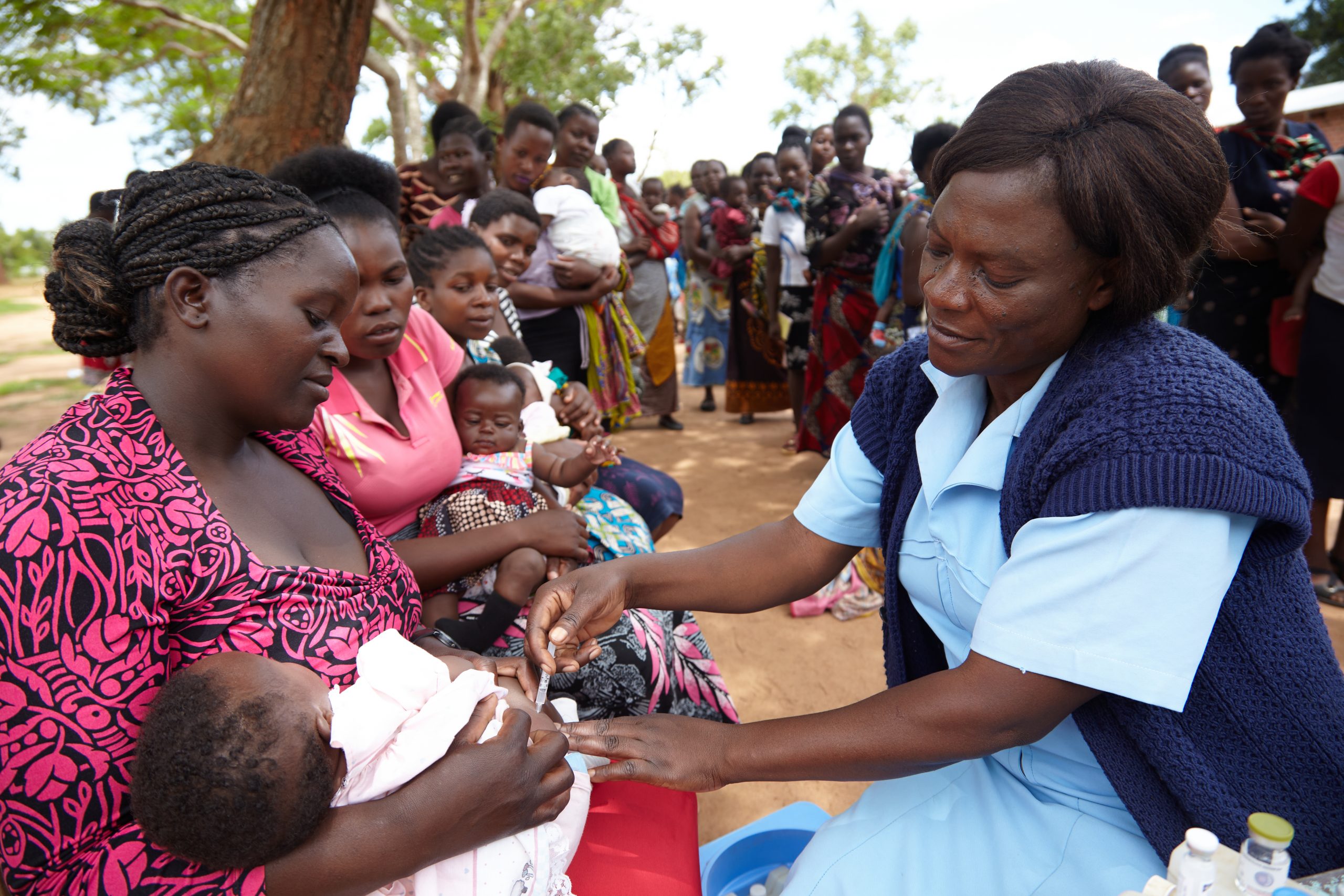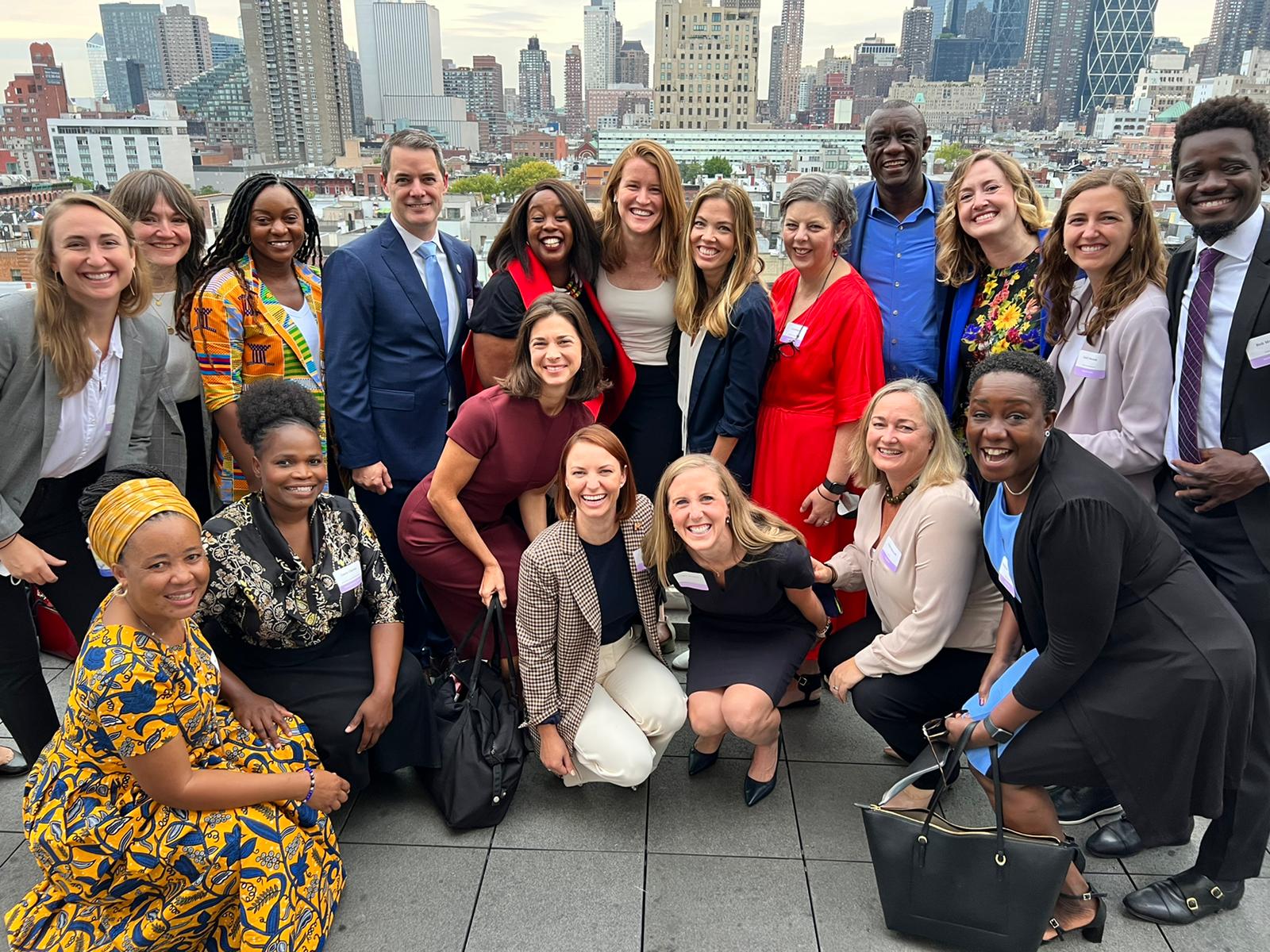In the realm of large-scale social change, field catalysts have emerged as a powerful force. Field catalysts, commonly known as coalitions or multi-stakeholder initiatives (MSIs), play a pivotal role in aligning diverse stakeholders towards achieving large-scale systematic change. But what exactly makes field catalysts effective, and how can other changemakers in the development sector adopt similar strategies to catalyze change in their own spheres? Let’s delve into the why, how, and the potential for replication of this approach.
WHY FIELD CATALYSTS?
The complexity of global challenges underscores the need for change on a scale commensurate with their magnitude. Solving these problems requires changing complex systems and doing so on a scale that no single entity can achieve alone. Put simply, it requires collective action.
Field catalysts step into this space, leveraging collective resources and expertise to amplify impact. Field catalysts: (i) shape the actions of others, instead of engaging in direct action themselves; (ii) orchestrate collaboration to drive systemic change, rather than scaling up individual organizations; and (iii) prioritize winning over longevity, operating primarily behind the scenes.
This stands in stark contrast to the usual approach whereby aid and development organizations are incentivized to emphasize their own growth and promote their own brands. In practice, this means that traditional development organisations frequently view each other as competitors rather than collaborators, prioritizing organizational interests over collective goals. This approach can hinder progress towards achieving systems change.
That’s why, when setting up Community Health Impact Coalition (CHIC), we resolved to do things differently. Not just with medical innovation, but with radical collaboration by design.

Image source CHIC
A FIELD CATALYST IN ACTION
Let’s begin with an example of how a field catalyst operates in practice. Millions of community health workers (CHWs) globally—70% women—are not salaried, skilled, supervised, and supplied. CHIC is making professional community health workers the norm worldwide by changing guidelines, funding, and policy. We research to equip international norm setters with evidence. We advocate to influence global financing institutions. And we activate in-country CHW networks to win national policy. Our vision is quality care for all, including those who provide it.
CHIC comprises thousands of CHWs and dozens of aligned global health organizations in 60+ countries. And we’re wielding influence on a scale sufficient to change global norms. Our research has been viewed over 150,000 times and is regularly cited in major policy documents. We’ve set up the largest-ever fund for national proCHW programs and successfully lobbied major funders to invest in line with international guidance. We can now celebrate thirty-six countries who salary and nationally accredit CHWs.
Sustained cooperation and collaboration are the essences of how we fight together. Together our voices are stronger, our resources go further. And we can do more for patients.
It’s a powerful machine: a shared vision of health for all, without caring who gets the credit.
CONSIDERATIONS FOR FUNDERS
However, despite the clear potential of this model, at present, most field catalysts fail.
Inadequate stakeholder engagement, launching with fanfare but lacking clear plans or support, and wavering commitment from members over time continue to pose significant challenges for field catalysts.Conversely, successful field catalysts typically emerge from fields with critical mass and receive support from core funders and leaders. To navigate these challenges effectively, funders can play a crucial role in supporting field catalysts including:
SUPPORT THE PRE-WORK
Research has found that successful field catalysts prioritize a “long tail” of informal collaboration—18 months on average—prior to launch. Regular meetings over months or years, ideally facilitated by a neutral party, require a modest yet indispensable financial investment.
Invest in thorough groundwork, including inclusive consultations and alignment of objectives before formal launch. Premature launches not only waste resources but lead to initiative fatigue. Investing in a part-time facilitator to establish consensus on a problem’s definition and scope, and balancing broad relevance with actionable impact can also yield returns surpassing that of any other investment in the initiation, design, and launch phases.
RULE OUT COMMON PITFALLS
Field catalysts depend heavily on collaboration that is typically not incentivized a priori and could even be actively disincentivized. Therefore, perhaps even more so than for other ventures, strategic planning and meticulous execution are critical to set up field catalysts for success.
As a funder, when selecting candidates to support, prioritize those who employ research-based practices to increase the likelihood of success. Seek evidence of thorough groundwork before formal launch, aimed at aligning stakeholders and securing support from key players. Evaluate the extent to which trust is cultivated among members, a clear mission and value proposition are established, and operational structures are defined. Assess if the group has identified key levers for driving systemic change within the target ecosystem, focusing efforts on areas where it can wield maximum influence. Determine if the group can track progress. Inquire into hosting arrangements: those that involve neutral convenors, who offer administrative support while maintaining impartiality, are crucial for building legitimacy and engagement.
FUND AS A ROUND
A clear finding from the research is that higher-performing MSIs tend to have more donors at launch compared to their lower-performing counterparts. Support from multiple smaller donors not only dispels the perception that the initiative is merely an extension of a single donor’s programs but also generates momentum and critical mass. This attracts additional contributors and ensures that the coalition is resourced to establish staffing, governance, and capabilities for success.
Providing multi-year, unrestricted funding structured as a seed round with other like-minded donors allows for experimentation, development, and the demonstration of initial proof points, while fostering shared accountability.

Image source: CHIC
FORWARD TO SYSTEMS CHANGE
The rise of field catalysts represents a promising paradigm for driving large-scale social change. By leveraging the insights and lessons from existing coalitions, those in other domains can harness collective power to drive meaningful change at scale.
While this article was crafted with funders in mind, an increasing number of practitioners are turning to the Community Health Impact Coalition for guidance on the nuances of field building. If you’re a practitioner seeking insights, explore our best advice here.
We hope this can be the start of an ongoing conversation about how to make collaboration more visible, powerful, and effective in the social sector.
————————————
 Dr. Madeleine Ballard is CEO of Community Health Impact Coalition, a global movement making professional community health workers the norm by changing guidelines, funding and policy. Her work alongside the Coalition has been featured in the New York Times, Foreign Policy, and Lancet Global Health. Through research, advocacy, and organizing with community health workers, she’s driven policy changes that ensure quality care for millions—including those who provide it.
Dr. Madeleine Ballard is CEO of Community Health Impact Coalition, a global movement making professional community health workers the norm by changing guidelines, funding and policy. Her work alongside the Coalition has been featured in the New York Times, Foreign Policy, and Lancet Global Health. Through research, advocacy, and organizing with community health workers, she’s driven policy changes that ensure quality care for millions—including those who provide it.
Feature image source: CHIC, Community Health Workers (CHWs) in Kenya
